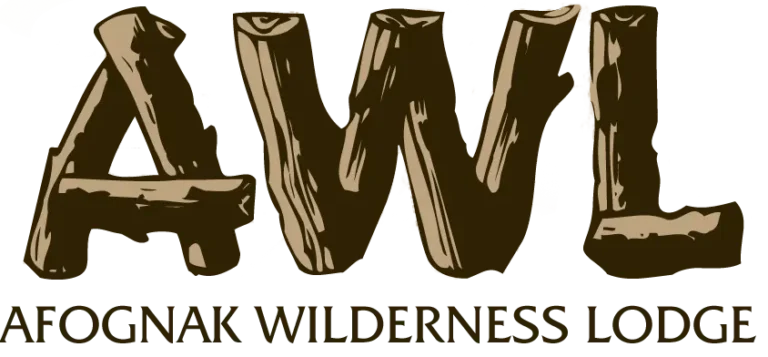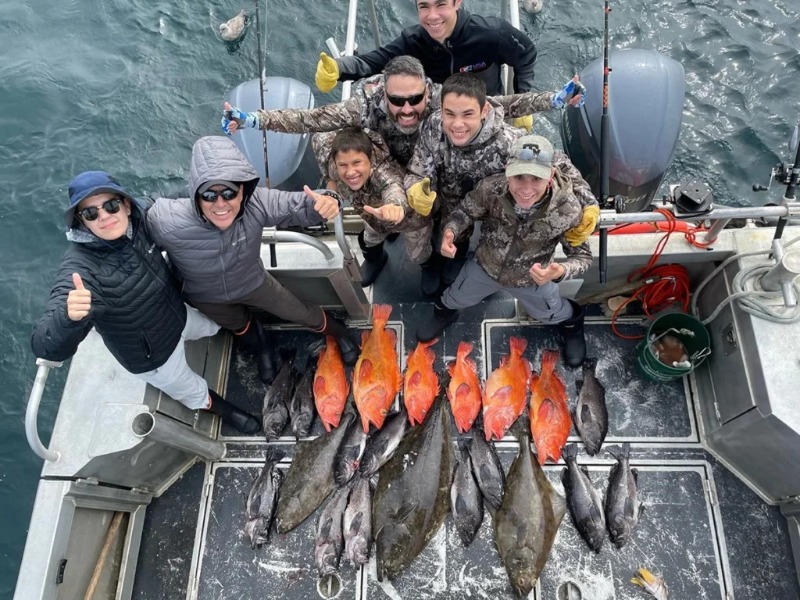Planning a trip to Afognak Wilderness Lodge means immersing yourself in one of the most rewarding fishing destinations in the world. Whether you’re chasing salmon in swift currents or halibut in deep coastal waters, knowing a few key fishing terms will make your time more enjoyable. Understanding these concepts before your trip helps you feel confident and ready to take part in the action from the moment you arrive.
Fishing Terms Build Excitement Through Knowledge
Learning the right terminology is more than just practical preparation. It provides a deeper connection to the sport and enables you to follow your guide’s instructions with ease. Recognizing these terms can also heighten your anticipation, helping you imagine what each moment of the trip will feel like. Familiarity with fishing language ensures that when the time comes, you can focus fully on the thrill of the experience rather than catching up on basics.
1. Drift Fishing
This method involves allowing your bait or lure to move naturally with the current. It’s often used when targeting salmon in Alaska’s rivers and coastal waters.
2. Jigging
A technique where you drop a lure straight down and then move it up and down to imitate prey. Jigging is especially effective for halibut in deeper waters or anytime you’re above the fish.
3. Leader
A stronger, often heavier piece of line attached between your main line and hook. Leaders help protect against sharp teeth and abrasive surfaces when battling halibut or lingcod.
4. Backlash
The frustrating tangle that happens when a reel spool spins faster than the line can leave it. Knowing this term prepares you for one of the most common challenges in casting.
5. Hookset
The motion of pulling the rod firmly to drive the hook into the fish’s mouth. A good hookset often makes the difference between landing a fish and watching it swim away.
6. Run
The strong, fast burst of movement a hooked fish makes after striking your bait. Salmon are especially known for their powerful runs, making them thrilling to pursue.
7. Drag
The adjustable resistance system on your reel that lets a fish pull line under controlled pressure. Properly setting your drag is essential when fighting large, hard-pulling species.
8. Backtrolling
A boat maneuver often used in rivers, where guides slowly move the boat against the current to keep your bait in the strike zone longer. This method is particularly effective for salmon.
9. Slack Tide
The short period between tides when water movement is minimal. Many anglers find this to be a productive window for halibut fishing in Alaska’s coastal waters.
Fishing Packages at Afognak Island’s Only All-Inclusive Lodge
Familiarizing yourself with these fishing terms before your trip sets the stage for a smoother and more rewarding experience. Not only will you better understand your guide’s instructions, but you’ll also feel more immersed in the action as each moment unfolds.
A little preparation goes a long way in making your adventure unforgettable. And booking a stay at Afognak Wilderness Lodge means stepping into the world of Alaskan fishing with expert guidance and unmatched access to incredible waters. Start brushing up on these terms now, and you’ll be ready to make the most of your trip!


